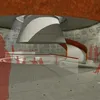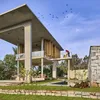Imagination works at its best when the functionality of design meets the creativity of art. Aware of this principle, Ahmedabad-based design firm Apical Reform Studio creates bespoke pieces of kinetic art, as striking additions to spaces.
Launched in 2011 by Amrish Patel and Darshan Soni, the design studio operates as neither an art gallery, nor does it fit into any strict definition of a retail outlet. Rather, it describes itself as working at ‘the intersection of art and innovation that combines design with technology and manufacture.’
“We create art sculptures and installations that render unique experiences and manifest themselves into impressive aesthetics. Most of the works are inspired by nature and movements that we come across in our daily lives," explains Amrish.
"These works are a synergy of art, mathematics, mechanics, computation coding, and electronics. The artwork is brought to life through precise design and engineering. This is why our projects are often commissioned for public spaces, exhibitions and collections, apart from private dwellings,” he adds.
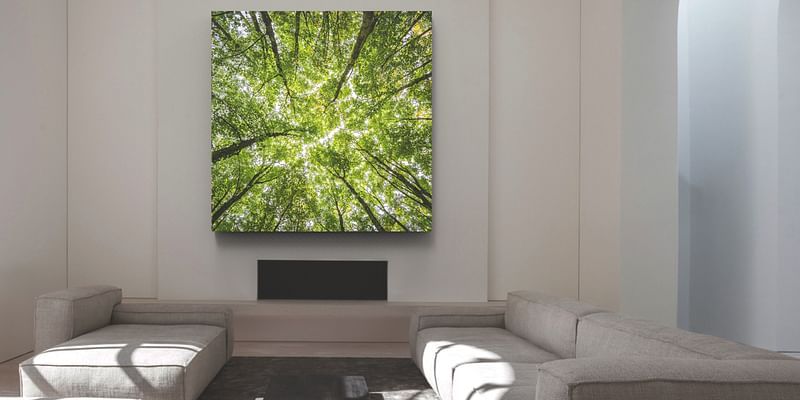
Crown Room by Apical Reform Studio
The vision
Amrish and Darshan first met through a common friend and collaborated on a couple of design projects. When they realised that their vision and approach to design matched well, they decided to launch a studio together to merge their artistic skills with their business acumen.
As the Principal and Co-founder of Apical Reform Studio, Amrish has always had a passion for art. He pursued a degree in Management and Marketing at Edith Cowan University, Perth, Australia and a Masters from Middlesex University, UK. With no formal training in the creative field, the only connection Amrish had with design was his innate passion for arts and technology.
Darshan, an architect trained at the Centre for Environmental Planning and Technology (CEPT) University in Ahmedabad, is Design Director of the studio.
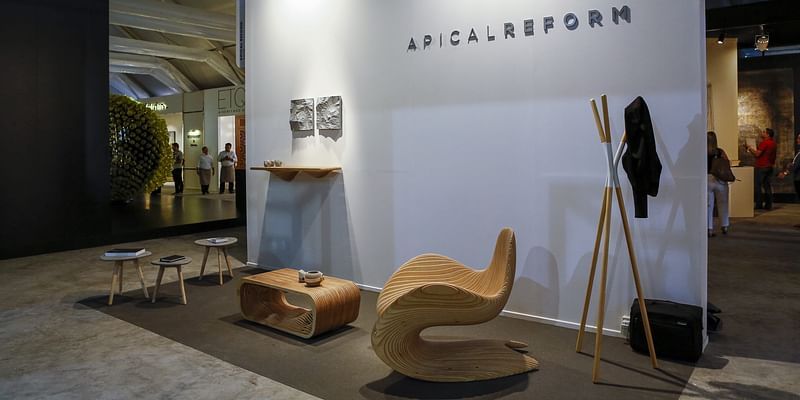
Apical Reform Studio exhibits in Japan
Apart from being a practising architect, he is an artist, an avid photographer, explorer of space, and “a curious visualiser”. He looks for inspiration in the most unlikely places and enjoys converting concepts from abstract to tangible mediums, using parametric designing tools and his own artistic perceptions. His work has won both national and international awards in the field of architecture, product design, and furniture design.
Apical Reform Studio was the duo’s visionary answer to the pre-defined and often limited expectations of Indian consumers, and was launched in 2011 with an initial investment of Rs 2 crore.
“In India, people believe that one has to be associated with a gallery in order to be known as an artist. However, the definition of art changes with time. We have faced numerous challenges in convincing people that our team is an artistic one. You never see this in the international market – it is mainly experienced in India," shares Amrish with candour.
"This is why we have chosen not to showcase much of our work in art shows. We believe that our biggest strength is being able to do so, but never feeling the need for it,” he adds.
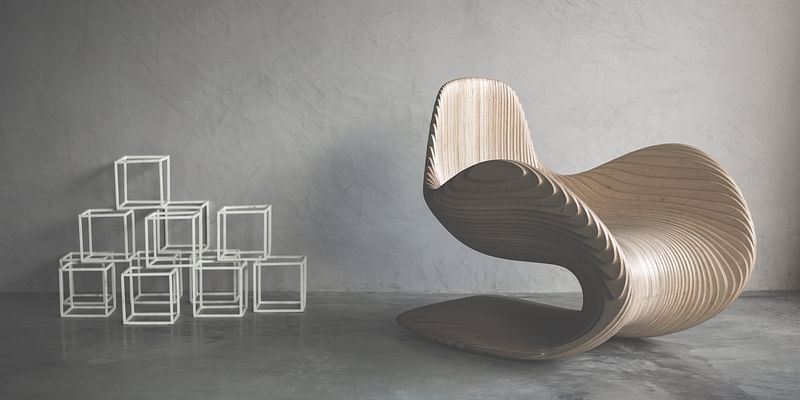
Betula by Apical Reform Studio
What sets them apart
When asked what sets them apart from their competitors, Darshan unabashedly responds, “Quality!”. He explains further, “We have seen a lot of artists and designers feel overwhelmed with interesting concepts. However, for us, simply having an interesting concept isn’t enough, unless each stage of the design process has been worked upon. Unlike our competitors, we watch over every aspect – from visualisation to material selection, packaging, transportation, and longevity of the product.”
The attention to detail accorded to each piece means Apical Reform Studio’s functional and bespoke artworks can take anything from four to eight weeks to complete. Kinetic artworks such as their ‘Stingray’ and ‘Tornado’ can be prepared in six weeks, since every part and detail has been streamlined already, but new concepts sometimes require up to 16 weeks, depending on their scale. The most time-consuming aspect of any kinetic artwork is its testing phase, which ensures that all details and parts perform up to standard and result in a long-lasting work of art.
With the pandemic allowing homegrown brands their moment in the sun, the team has witnessed a surge in growth. Amrish puts this down to rough times that drove people to look at their homes with a new perspective. Working from home in the long term has become a pragmatic reality, leading to new expectations of spatial design. Artworks have become the most effective way of articulating one’s creative expression.
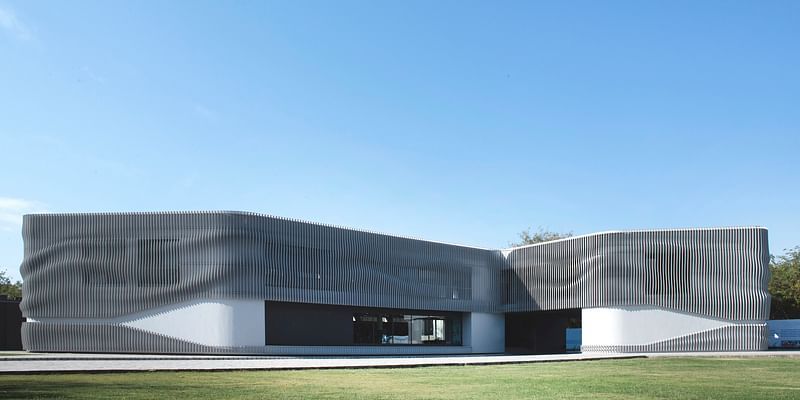
The Flusso
Their latest work of kinetic art is a fascinating take on the natural movement of ocean waves. Called Flusso, which means ‘flow’ in Italian, this interesting work magnetises and moves with every glance, creating a pattern by juxtaposing its various parts with the angle they are being viewed at.
“The array of wave-like arms which move to create a rhythmic pattern mirror the dance of the water’s waves. Their arms overlap in a formation known as the Moiré phenomenon, allowing the waves to form and enthral you,” explains Darshan.
The artwork has been conceived as being flushed within a wall of the same colour, creating a spotless background for the waves. It has three rows consisting of 157 ‘modules’, which are abstract geometric representations of a wave. Each row moves these modules up and down in synchronised formation to signify a smooth progression.
Thoughtful lighting can be added to highlight shadows and reflections that enhance the overall experience. The central row has been painted in different tones to highlight the colour difference.
This limited-edition kinetic art piece was recently launched by the studio and has received a lot of attention.

Apical Reform Studio installation in Dubai
How they work
Their close-knit team is eight members strong, and includes architects, an interior designer, an industrial designer, a photographer, an engineer, and a computer graphic artist. Amrish and Darshan create the concept together and elaborate the overall vision of the work, which is then further explored by the rest of the team under their guidance.
Their design process is based on a series of sketches, study models, renderings, animations, prototypes, and testing. Though they do not follow any particular theme, they are often inspired by what they see and are curious about. The final piece is a bespoke creation to adorn one’s home or other private space. Prices of artworks depend on the level of customisation but can range anywhere from Rs 2 lakh to Rs 30 lakh.
“We are proud of creating work that has been recognised at an international level. As a dedicated art studio constantly looking for new concepts to make kinetic, bespoke, and functional art, we have something to offer discerning art lovers they won’t be able to access elsewhere in India,” shares Darshan.
Their website and Instagram page have garnered a lot of attention, leading to the maximum number of inquiries. Word of mouth also attracts clients. Their international clients come mainly through online platforms MB&F which is active in Dubai, Geneva, Hong Kong, and Taiwan, as well as the Dubai Design District, Maison & Objet, and a few others.
YourStory’s flagship startup-tech and leadership conference will return virtually for its 13th edition on October 25-30, 2021. Sign up for updates on TechSparks or to express your interest in partnerships and speaker opportunities here.
For more on TechSparks 2021, click here.
Applications are now open for Tech30 2021, a list of 30 most promising tech startups from India. Apply or nominate an early-stage startup to become a Tech30 2021 startup here.
Edited by Kanishk Singh
Link : https://yourstory.com/2021/08/apical-reform-studio-creativity-art-design-ahemdabad
Author :- Noor Anand Chawla ( )
August 27, 2021 at 07:15AM
YourStory


